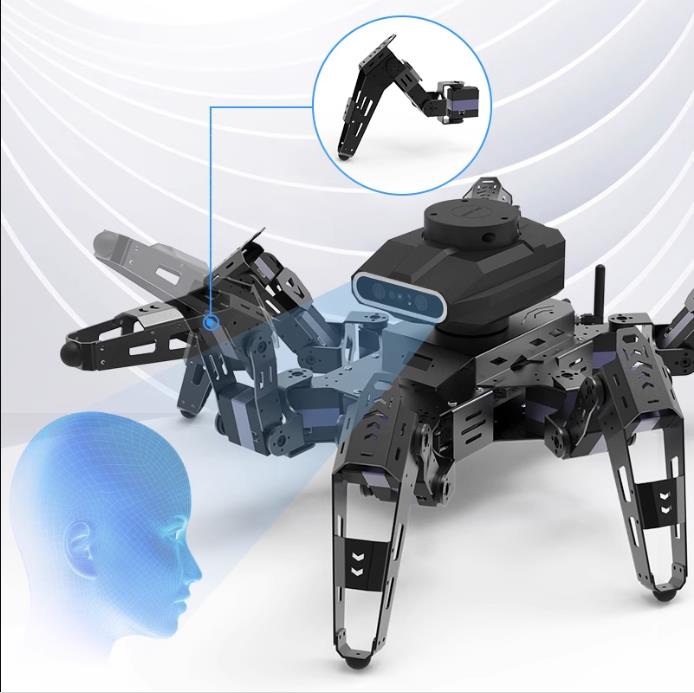News

Perfect encounter between ROS and Jetson nano XR phage bionic six-legged hexapod spider robot
Hexapod walking mechanism: The XR bionic hexapod spider robot uses 18 XR-S270 35KG bi-weekly serial bus servos as the hexapod walking mechanism motion joints, which gives it excellent terrain adaptability. Whether it is in rugged mountains, muddy swamps or narrow gaps, it can shuttle freely.
Intelligent perception system: Combined with the sensor interface of ROS, the XR bionic hexapod spider robot can obtain environmental information in real time, and process and analyze it through algorithms such as deep learning. This enables the robot to more accurately identify targets, judge obstacles and plan paths.
Intelligent perception system: Combined with the sensor interface of ROS, the XR bionic hexapod spider robot can obtain environmental information in real time, and process and analyze it through algorithms such as deep learning. This enables the robot to more accurately identify targets, judge obstacles and plan paths.

ESP32 hexapod bionic robot and Raspberry Pi hexapod bionic robot: differences and comparison
ESP32 and Raspberry Pi are two different microcontrollers, each with different characteristics and advantages on the hardware platform. ESP32 is a low-power microcontroller with integrated Wi-Fi and Bluetooth functions, with a dual-core processor and rich peripheral interfaces, suitable for the Internet of Things, smart home, industrial control and other fields. Raspberry Pi is a microcomputer motherboard based on ARM architecture, with powerful computing power and rich expansion interfaces, often used in education, scientific research, development and other fields.
